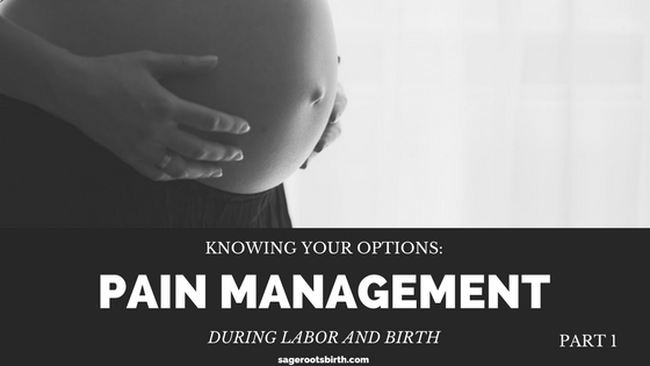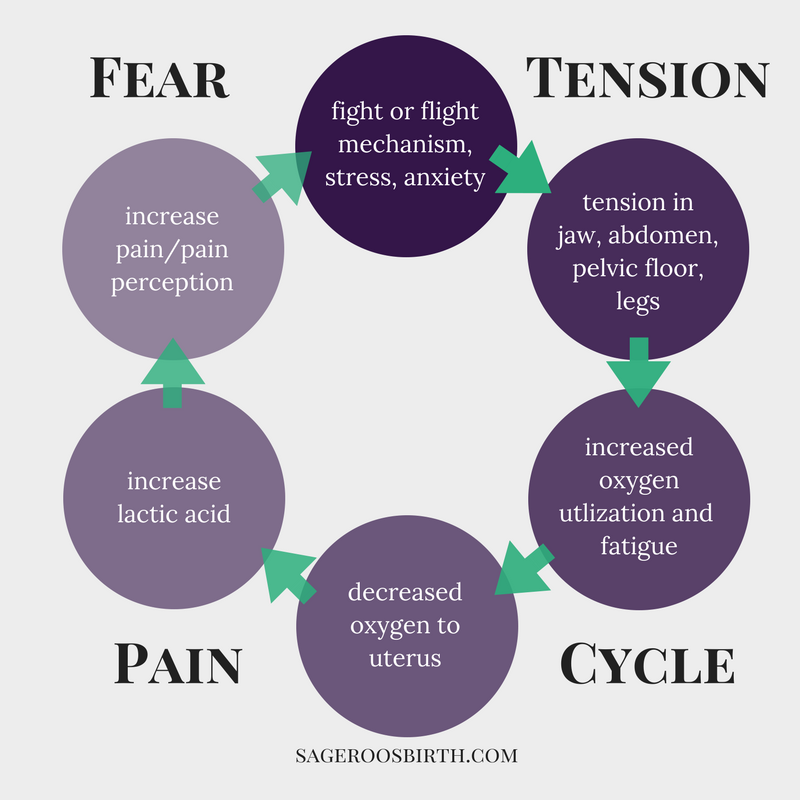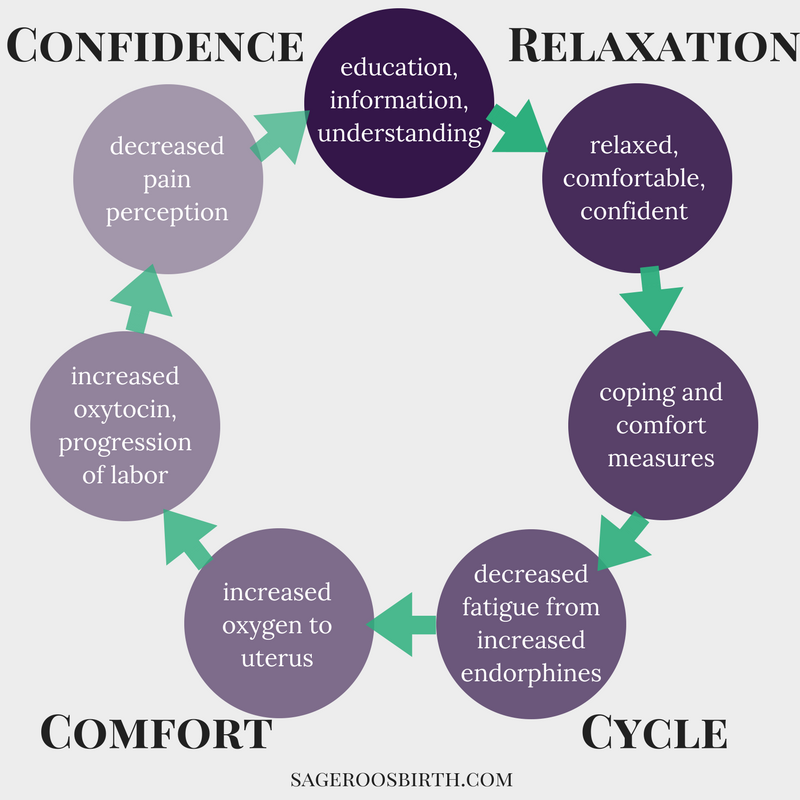Labor and birth can be intense, that's no secret. But, we all know there are different kinds of pain, right? There's the pain of a headache and the pain of a migraine. There's the pain of a running a marathon and the pain of breaking a bone. There are levels and intricacies of pain and, of course, it's all relative. What is pain to one person may be suffering to the next and vise versa. The first step to understanding what options you have for pain management during labor is understanding what pain is. So let's start there, shall we? The pain experienced during labor and birth is generally a physiological pain. Physiological means the way in which a living organism or bodily part functions. For example, when an athlete puts their both through a rigorous workout, they experience some degree of pain in their muscles. This is because in order for their muscles to function at that level or in that way, they need to stretch and grow. This in turn causes some minor trauma to the muscle groups being exercised that day. This pain does not mean the athlete is ill, injured, or doing it wrong. This pain is the physiological response to normal body functions. The athlete may unarguably be in pain, but are question is: Are they suffering? Are they injured? Is damage being done to their body? If they were, would the pain feel different and would the athlete then respond differently? Of course, only the athlete can decide if they're suffering or their pain is truly troubling. They know what options they have to change up what they're doing to eliminate suffering or they seek out help if injured. But generally speaking, the athlete is not suffering or broken, even though they are experiencing pain. They are simply performing the way their body is made to perform. So when we say labor and birth is "painful" what kind of pain do we mean? The answer is going to be different for each person. The important thing to remember moving forward is that childbirth does not automatically mean suffering. Just as a good workout doesn't mean the athlete is suffering. Now, what if I were to tell you there's a way to reduce pain before labor and birth have even begun? Don't believe me? Let me explain. The Fear-Tension-Pain Cycle is when fear and stress hormones are released into the body, causing a reflexive tensing up of the muscles which in turn causes an increase in pain. Experiencing more pain, of course, causes another fear reaction and the cycle repeats. To break this cycle, we start with knowledge. Having an understanding of what's happening within your body as you labor eliminates a great deal of both the unknown and the idea that something withing your body is breaking. We sometimes equate childbirth as a "ruination" of women's bodies. This is simply and scientifically not true. The first step to breaking this cycle is replacing fear with accurate information. When we break this cycle of fear, tension and pain and replace it instead with confidence, relaxation and comfort, we reduce the amount of pain and/or discomfort experience.
So, how do I recommend you start breaking this cycle before labor has even begun? Educate yourself. I love a good childbirth education class because it's an opportunity for you and your supporting birth partner to begin to explore your options and practice non-medical coping mechanisms. If you're a reader, I have an extensive list of book recommendations on this Pinterest board. Not a reader? I also really love podcasts! Here's an excellent interview with Rhea Dempsey, who wrote a book on the the dynamic of pain during childbirth, on The Birthful Podcast on the Purpose of Pain During Childbirth. The Birthful Podcast also has another great interview with Dr. Sarah Buckley on Birth Hormones which really compliments this idea of understanding what's happening within your body as you labor to birth your baby. The bottom line is, before diving into all your options for how to manage labor discomforts, make sure you have a basic understanding of what's happening within your body and what happens when we use various non-medical and medical techniques to alleviate that discomfort. Knowledge is the first step to empowerment, no matter how you choose to birth! Additional Resources:
Know Your Options: Pain Management Continues! Read Part Two!
0 Comments
Leave a Reply. |
LauraI'm the owner of Sage Roots. Woman, wife, mother, doula, writer, bookworm, hiker, gamer, and Christian. Categories
All
Archives
September 2022
|
Services |
Company |
|





